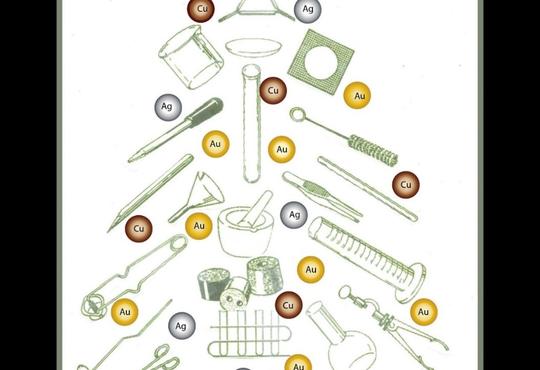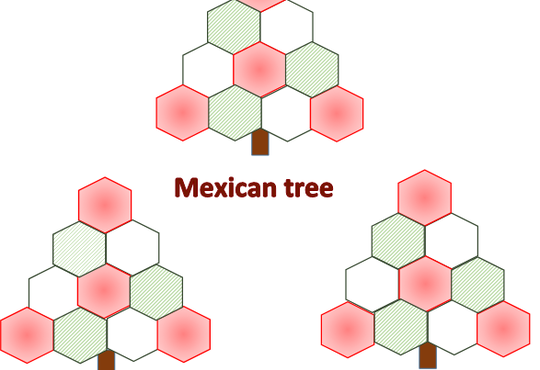Monkeys, Myths, and Molecules, Separating fact from fiction, and the science of everyday life
by Dr. Joe Schwarcz, ECW Press, 2015, 291 pages, paperback, ISBN 978-1-77041-191-3 $17.95 CDN
 Reading a Dr. Joe book is always a thrill and Monkeys, Myths, and Molecules is no exception. Dr. Joe’s writing style is comfortable, engaging and humorous. While he writes for a general audience, he does so with a chemical flair. Monkeys, Myths, and Molecules appeals to chemistry teachers for numerous reasons. It really is a perfect educational gift for a family member or friend. If it does end up being a gift, make sure to read it first.
Reading a Dr. Joe book is always a thrill and Monkeys, Myths, and Molecules is no exception. Dr. Joe’s writing style is comfortable, engaging and humorous. While he writes for a general audience, he does so with a chemical flair. Monkeys, Myths, and Molecules appeals to chemistry teachers for numerous reasons. It really is a perfect educational gift for a family member or friend. If it does end up being a gift, make sure to read it first.
Monkeys, Myths, and Molecules is divided into 65 short chapters collected into six sections. The sections include foods or substances we ingest, a historical perspective, chemicals we should — or should not — be worried about, health and stretching the truth. Each section collects stories about substances, processes or people and how they have impacted our lives. Each entry begins with an anecdote, often a story or occurrence in Dr. Joe’s past. He then follows with the background, the research and the impact. Dr. Joe is no guru. He does not pretend to be the expert or the last word; indeed, he is even-handed and presents all sides with fairness and clarity. Even when he clearly delineates the correct science, Dr. Joe attempts to provide a glimmer of good in the stated notion.
In the food section, Dr. Joe brings into focus the discussion surrounding fat consumption, cholesterol and heart disease. He examines and explains numerous studies relating to diet, fat and fat type, carbohydrate intake as well as sugar intake and shows where the health issues lie. He is clearly an advocate for healthy eating, tending to advise against the many fads one sees in print and on television. His advice on diet, weight loss, heart disease and the body’s response to omega-3 versus omega-6 fatty acids is well worth reading. So too is the comparison between 100 calories of fat and 100 calories of sugar! The section on E. coli and why you should wash your cantaloupe was an eye opener with a wow factor! There is the history of the “red” pistachio and its similarity to Viagra, many fascinating uses for castor oil —some of us may recall being given it as children — and an interesting section on yogurt. He also gives a thorough examination of the “natural versus synthetic” debate using the molecule of vanilla and its many uses as an example.
The section, “A Backward Look”, includes many enjoyable vignettes, such as:
- an attempt to make scientific sense of the biblical burning bush,
- a historical look at the Bayer Company, its image and its complicity in World War II and,
- the evolution of the toilet and the laying to rest of Thomas Crapper.
Equally interesting is the story on Alexander Borodin, who will be known by name for two very different accomplishments.
The section on “Chemical Worries” aptly begins with the chapter about knowing when to worry. There are a number of stories on endocrine disruptors, of which Bisphenol A is but one. His chicken soup analogy is excellent and will give one reason to pause and reflect. You can learn about nanosilver and sunscreen — learn why Dr. Joe believes there is no such thing as a “healthy tan”. You will also understand why it may be difficult to fall asleep if you crawl into bed with your cell phone. The next section, a potpourri of stories, includes the fuel in Formula One racing, an excellent organic synthesis in capturing and storing CO2, and, for cat lovers, a story on cat pheromones.
In the section on “Health Matters”, Dr. Joe will explain what Rogaine, Viagra, Botox and antidepressants have in common. He also gives a thorough account of bacteria in our bodies and an attempt to understand how Beethoven and Mozart may have died. In “Stretching the Truth”, Dr. Joe shows how media can distort or inappropriately hype science. Among the entries in this section, he looks at homeopathy, PETA (People for the Ethical Treatment of Animals) and the GMO debate within the ingredients in Cheerios.
In each of the various monkeys, myths or molecules Dr. Joe writes about, he presents the science, separates the hype from reality and labels falsehoods and truths where they occur, all with his patented and pleasing laid-back humorous style. One of the most enjoyable parts to read is his take on Dr. Oz — there are six brilliant examples — and the Food Babe. These are absolutely priceless and superbly educational.
For the teacher, there is a cornucopia of ideas to flesh out and digest. Helping your students through the mine field of internet babble makes this book very valuable. As always, there is an abundance of ideas for the Applications section of KTCA (Knowledge, Thinking, Communications, Applications) for the classroom. Giving Monkeys, Myths, and Molecules to family or friends will help dispel many incorrect, and in some cases downright misleading ideas on science, chemistry and substances in our daily lives — how better for a teacher to educate beyond the classroom?







